It takes some balls to run from the cops, especially as an adult. If you dabbled in juvenile delinquency, I’m sure you remember your adolescent chases, but these stories are a bit different.
AskReddit users shared how they successfully ran from the 5-0. Run!
1. Minutes feel like hours
“I was “trespassing” in the park after dark with some friends. Two police officers showed up and flashed their lights so we ran around a baseball field to get away. We noticed they were following us so we all hid under those orange construction barrels you see along the highway.
Minutes felt like hours to a young teenager running from the long arm of the law.”
2. Thank god for garages
“My mom was speeding and the cop was heading towards her. He turns his lights on but has to go a ways further to U turn. My mom speeds up being only a couple blocks from home. We see him u turn just before we turn the corner. We pull into the garage and close the door and see the cop drive by less than a minute later with no clues.”
3. Brings back memories…
“House party in HS. About 30-40 kids in a basement drinking. Suddenly cops walk down the stairs (someone just let them in).
Tell us to sit tight and nobody go anywhere. Cops walk back upstairs. We’re all wasted.
I finagle a window open and help my friends and a couple brave souls up and out. I get out, run for a fence my friends just hopped, cop grabs me, hauls me back into the house.
Neglect to put me back in the basement. It’s my friend’s house so I pretend to belong. Open the fridge, grab a Mt. Dew. Cop walks in with bag of 100 breathalyzer tubes. I meander to the living room by the front door.
Wait for the clear, casually walk out the front door. Make it 3 steps and spolight hits me, cop yells at me. I meander back in, just by the front door.
Spotlight turns off, I wait 5 seconds, f*cking bolt out the front door again. Leap off front porch, sprint through front yards for 4 blocks until I’m in a field. Lay flat and call friends.
Cops patrol by with spotlight, can’t see me, go back to the house. Friends pick me up.
I have a lot these we were really good at almost getting caught for stupid sh!t.
Tldr; Escaped a house party surrounded by cops
Edit: This was early 2000’s in a suburb in the United States. They took underage drinking very seriously. If caught, you got a Minor In Possession ticket. Fine and court fees were $300-$500. So 30+ tickets that night would net the county quite a bit of cash.
We had a lot of kids showing up in hospitals with alcohol poisoning around that time too. So they were trying to help (maybe).”
4. Manhunt
“Oh man, one I can finally contribute to. This one was a while back, I’m 32 now so this had to have happened when I was like…13-14 maybe?
Anyway, a bunch of my friends and I had gathered to play man-hunt. Essentially hide and seek with teams. Except we went all out. We all wore all black, played at night, ..and definitely hid in places where we shouldn’t (neighbors backyards, under their cars, etc)
Anyhow, everything was going great this night..everyone is having fun. I got made (scoped out) and had to ditch the current spot I was in and started heading out towards an intersection in my neighborhood. Out of nowhere I heard a speeding car, it slams on the brakes, and I hear a booming voice, “GET ON THE GROUND, NOW!” …ooohh f*ck.
I instantly turned heel and booked it back down the street that I had came from. I hear footsteps gaining on me and got super nervous, but the cop must’ve saw someone else in closer proximity because he turns 90 degrees and started chasing them. I’m still running for my damn life when I hear, “yo! over here!”
I turned to the right to see my best friend hiding under a van in someones drive-way, so I jumped under there with him. We hid there for about two more minutes, but more and more cop cars were showing up – and I hear my best friend say, “man, f*ck this” and he takes off jumping fences/backyards of houses leading back to his place. I followed suit.
Somehow we made it, and he gave me a change of clothes – a white t-shirt and white hat, and told me I had to go because his parents were getting suspicious. Luckily the game of man-hunt had started at his house, so my bike was there.
I definitely rode my bike home the long way. On my way home I saw cops looking through bushes and yards with k-9 units and flashlights, but because I was wearing essentially all white, and on a bike..I guess I didn’t fit the description of the guys that they were looking for. They even brought a chopper out in the search.
Funny part is, everyone that got caught and rounded up were sat on the curb literally across the street from my house. So I saw my friends in handcuffs as I rode by. I was terrified that they’d rat me out for some reason, but they didn’t. My parents still give me shit for that one. They, naturally, were worried that I’d end up one of the ones in hand-cuffs.”
5. Escape
“I had just gotten off of the highway, driving 70. And was on this frontage road and was still in the fast driving mode.
A cop goes by in the opposite direction, and I immediately look at my speed and see that I’m doing 65 in a 45. I wasn’t speeding on purpose, just in a kind of cruise.
I see him slow down.
My destination wasn’t far away so I put the hammer down, just in time to see him pull a U turn. I got up to about 90 before I had to pull in to the place I was going. They had the garage door open already, I pulled in and jumped out and slammed the door down.
My friends were giving me the “care to explain” face. Just in time to the the cop fly past at about 90 with lights on. I waited about 6 hours before I went home.”
6. Kegger!
“Ended up going to a massive kegger (500+ people) in the middle of nowhere Iowa. Shortly after we arrived, about 10 or so sheriffs showed up and began getting plate numbers/handing out public intox tickets and mips.
I hopped in my trusty little 93′ Geo Storm and waited for the sheriff by the field entrance to get a little ways away from his vehicle before slapping it in first and dumping the clutch.
Made it about half a mile from my friend’s house before I looked up and spotted cherries in my rearview mirror. At this point, I figured there was no point in running, so I conceded and pulled over. Turns out that particular sheriff was on his way to a separate call! Biggest sigh of relief, ever.”
7. Training
“I was in the military as medical on a training course. Nearly all of us were normally civilian doctors and nurses with limited “real” military training as far as combat readiness. Part of the course was a night time Escape and Evade exercise that was basically hide and seek in the woods.
They flew over a helicopter for noise distraction and had taught us some fundamentals, then gave us a red card and informed us that there were U.S. Marines out there looking for us who got rewarded for collecting red cards from every dumbass they detected. We had two hours to cross the woods and reach a lighted tower without being spotted.
The winner was a guy who just walked to the light tower without hiding while loudly muttering about the stupid f*cking Marines and the stupid training exercise and he just wanted to have a cheeseburger. All the Marines assumed that he was already detected and had his card pulled and they focused on idiots like me trying to sneak around. He walked up to the officer at the light tower and handed in his red card for the victory.”
8. Out the back door
“A party got busted on spring break and I boogeyed out the back door when the cops were filing everyone else out the front. Hopped a fence and ran into a neighborhood security man who was quite out of shape. He asked if I was running from the cops (as the blue lights flash behind us). I say “of course not” he asks for my id and I promptly turn heels and run again. This is where it gets good.
Drunk me decided that I needed to run in zig zags to dodge any taser shots and sure enough, I cut to my right and the taser line hits the ground next to me. Turned my head to see the fat guards mouth opened and ran 2 miles back to my hotel room. Safe and sound.
Also cops came for a noise complaint. It was a large rental house in a neighborhood and cops getting called on spring breakers is very normal. For those wondering why he shot the taser, this is America. My brother got a taser pulled on him by the school resource officer for jokingly taking his shirt off in high school. Not saying it’s right but it’s fairly common for excessive use of force.”
9. A long tale
“When I was a child, early 80s an officer on a motorcycle pulled my sister over on her bike for crossing to the wrong side of the road for about 40′ before turning on our home street. She saw a break in traffic, took it to cross safely, hit the sidewalk and turned on our road. He followed her to our home.
She was 16, first week of first job and he thought it more important to lecture and intimidate her for 40 minutes about bikes following rules of the road and no one is exempt to laws before writing her a $15 ticket. She was devastated as she hadn’t even seen her first paycheck.
So I made it my life’s purpose to spite this cop, we’ll call him Dan F. At first it was just talking crap on him with friends. Then yelling at him on traffic stops stupid stuff to irritate. I knew his name and he was the only motorcycle officer in my town at the time and easy to spot and an easy name to joke about.
I eventually was quite the adept cyclist and somewhere around 1985-86 it escalated to every time I spotted him I’d find a reason for him to give chase to pull me over for some stupid infraction. The only difference was I rode like the wind and he underestimated that as soon as his lights went on, I had a knack for disappearing.
My irreverence for authority was getting the best of me and I made him chase me too many times, often traffic gave me an advantage to lose him. I even repainted my cycle often or changed up bar tape just to keep it fresh. He knew my hood but I’d goad him all over town. One slow day he was giving me a good run for my money on a Saturday, I bit off more than I could chew and he wasn’t relenting today.
So took to a school yard I knew well that I didn’t attend hoping he couldn’t fit that Harley through the back alley pillars that prevented cars on the school yard. He kept on me through the grassy field but it worked. Though landed me in a decent sized neighborhood with only two exits to main arteries and a distance to get to one of them and he spun around going for the one I needed to be closer to safe spots and a radio to alert a car to the other that put me in plain sight way to long to get back without pissed off small town police to grab me.
I saw a lifted truck parked next to an RV in a stranger’s drive and laid the cycle in the bed and ducked under the RV. I had to wait him out several hours as he knew he had both exits covered and He rode by about every 20 minutes. Finally after he hadn’t been by for an hour I left the same way I went in. I kept worrying my $600 paper route earned racing cycle was going to drive off in that truck.
I decided to chill out for a while and leave Dan F alone. Repainted the bike and avoided him as it was just big enough of a town to have anonymity but small enough to be remembered.
Fast forward to about 1997 I’m graduated school, started a career and professionally our paths cross. I knew him right away in plain clothes and when I saw his name I was glad he didn’t know/remember me. When we finished our business he is thanking me for my service and says “Glad to see you grew up well, it’s a good thing I never caught you in the act on that damn bike. Say hi to your sister for me. How did you get out of ‘neighborhood name’ anyway?”
“Same way I went in.”
He was always a prick locally by reputation but just doing his job. He remembered me from that first traffic stop when he pulled my sister over with excellent recognition that job requires and when I would yell stupid crap at him after it only cemented my face in his memory. Could’ve shown up at my door anytime but always wanted to catch me in the act. Turned out to be a pretty decent guy- out of uniform  Never gave him a chance to pull me over in a car in that town.”
Never gave him a chance to pull me over in a car in that town.”
10. Gone
“I was a lanky middle school kid smoking weed behind a building in Canada. I ran short distance track at the time so I was gone as soon as I saw them taking the corner and I guess they decided that the chase wasn’t worth the effort.”
The post 10 People Who Successfully Dodged the Cops Reveal How They Did It appeared first on UberFacts.
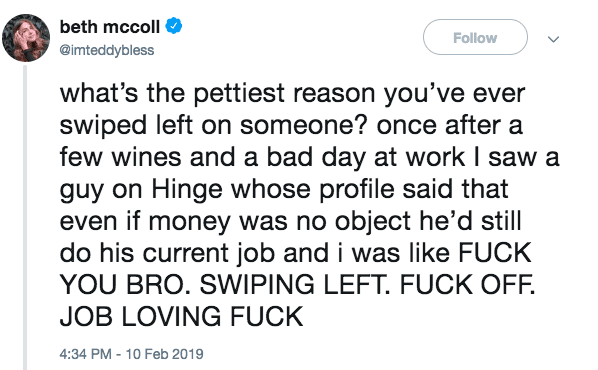
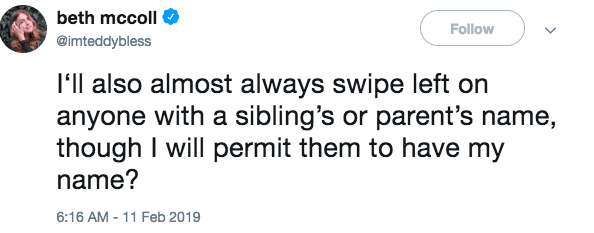
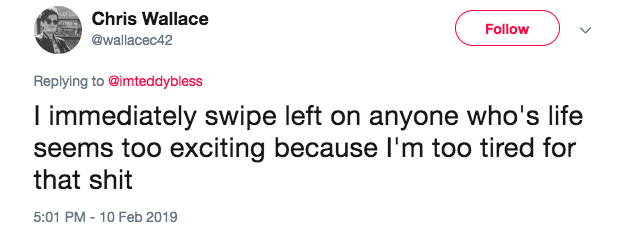
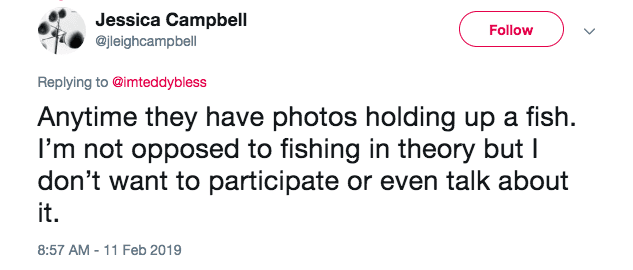

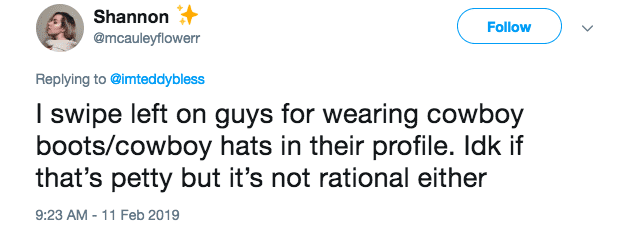
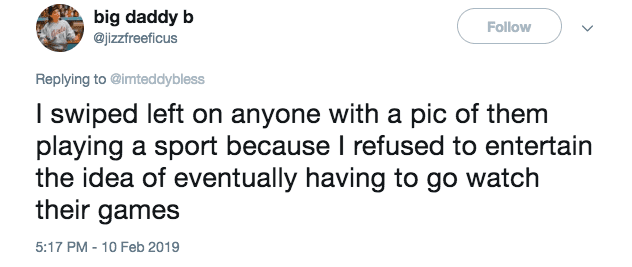


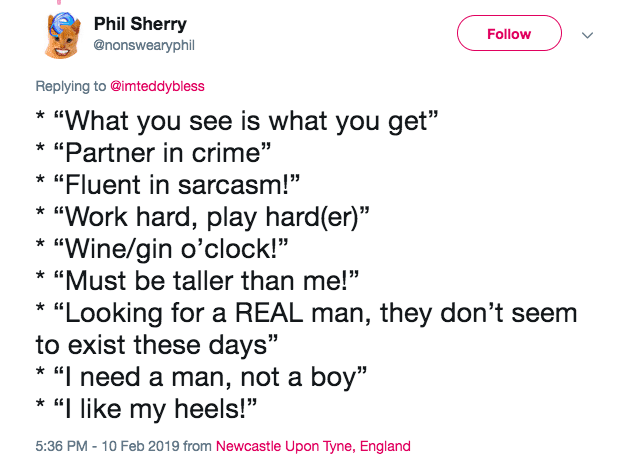
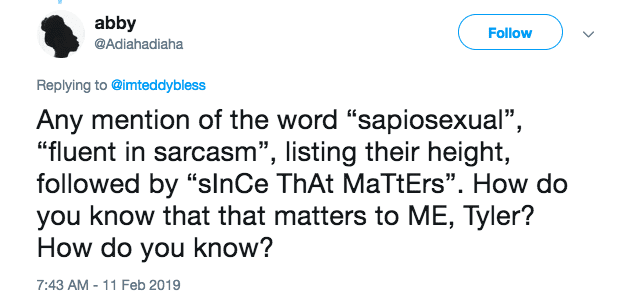
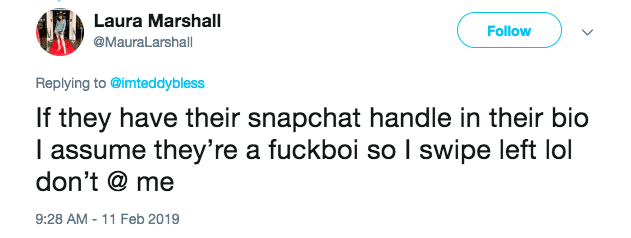
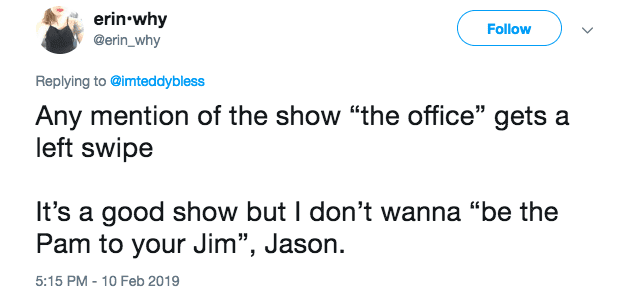
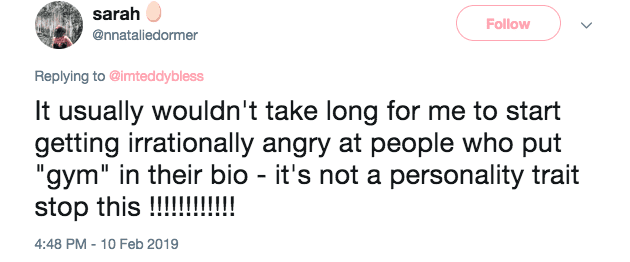
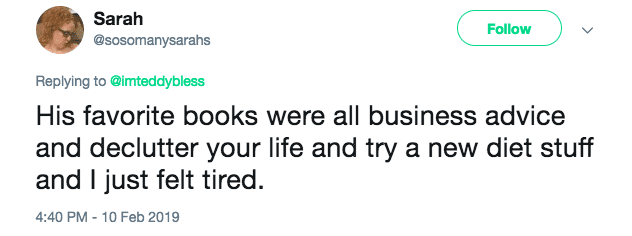
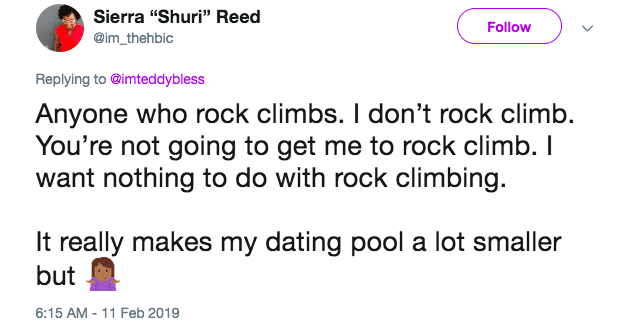
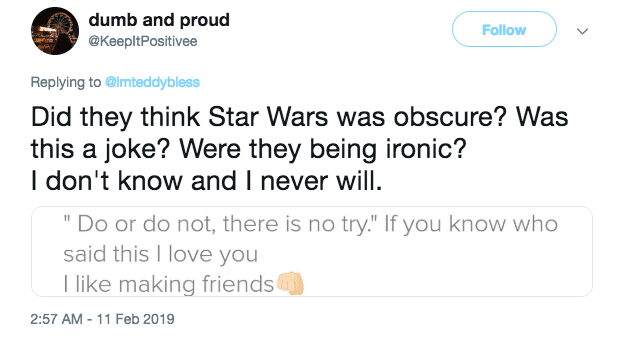


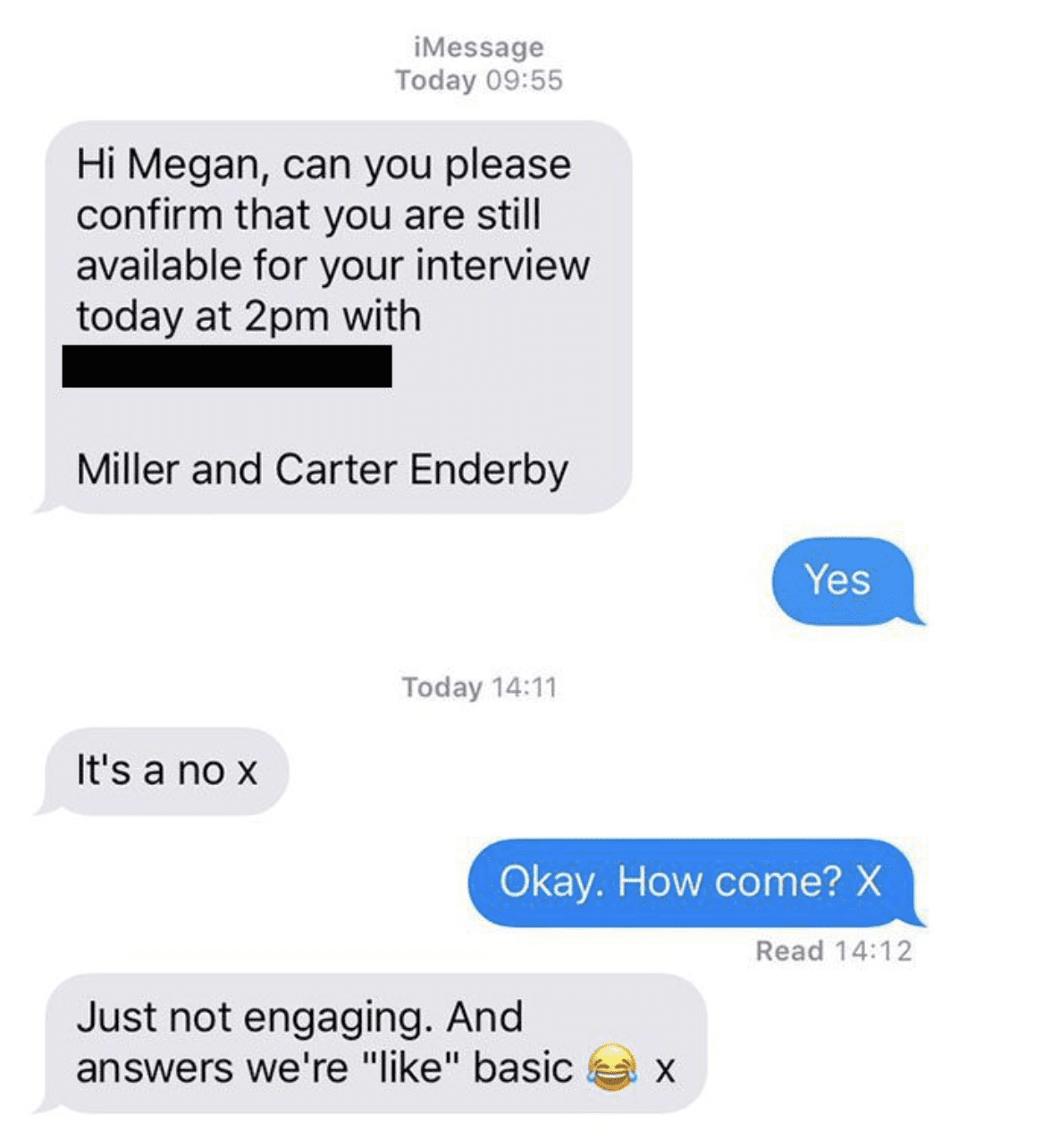

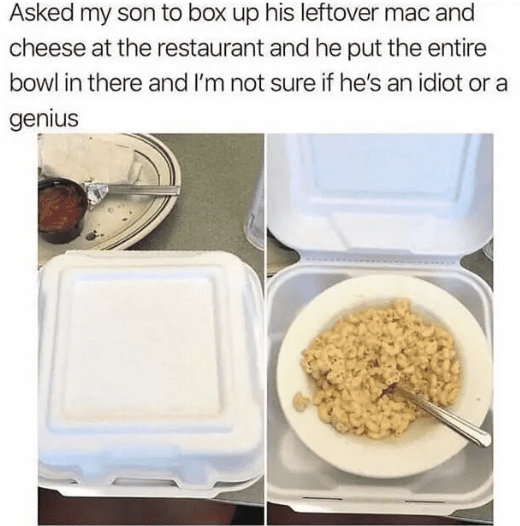
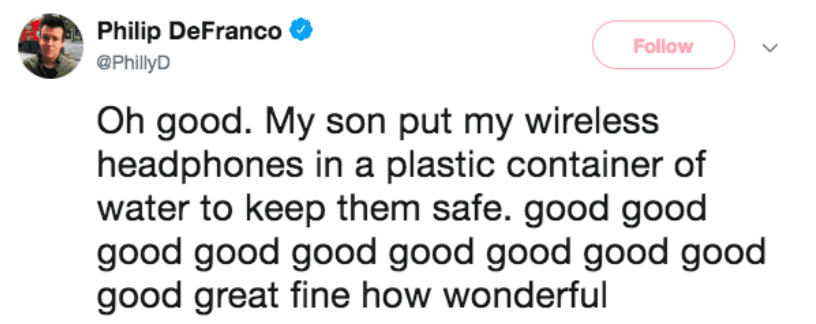
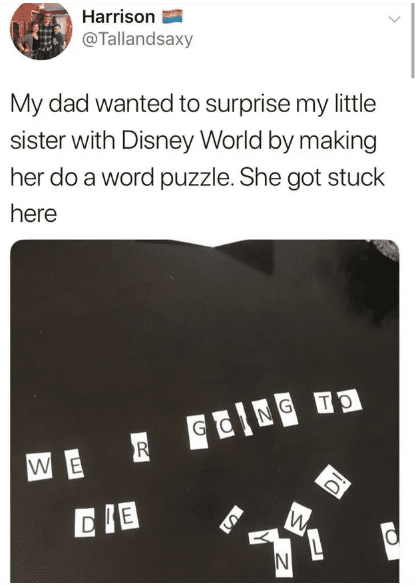
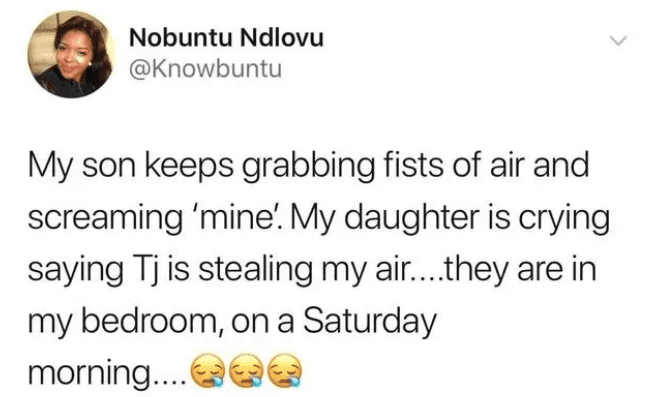
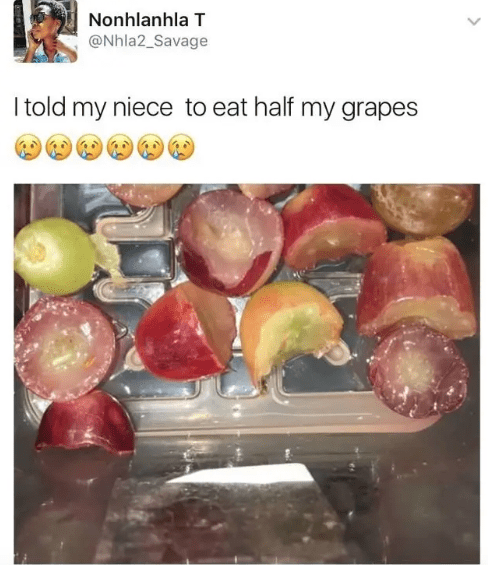
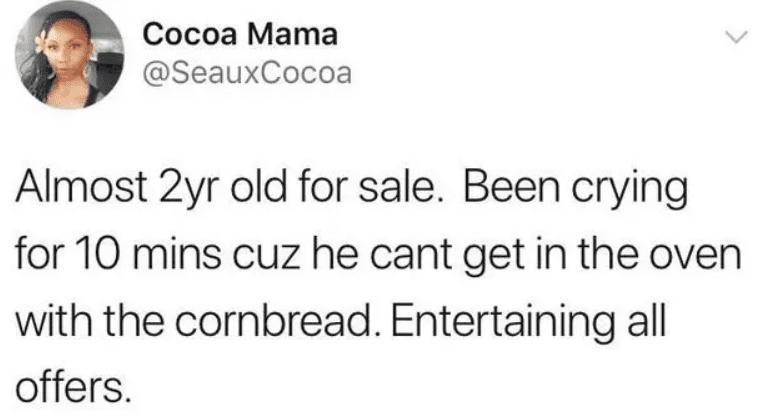
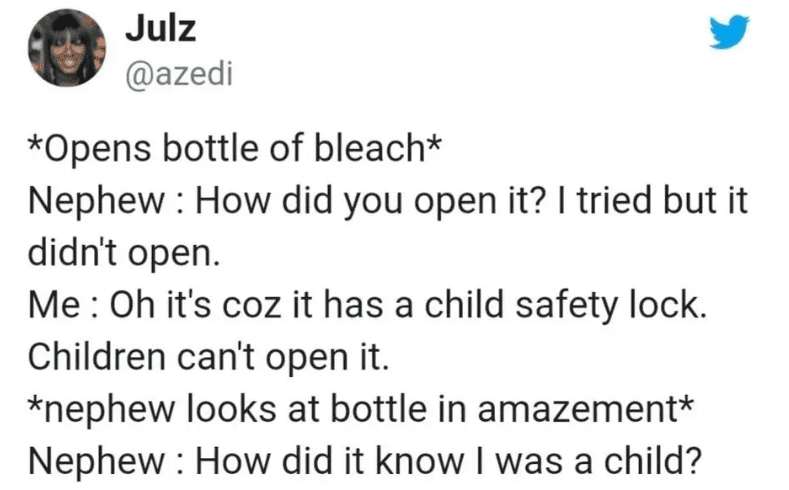


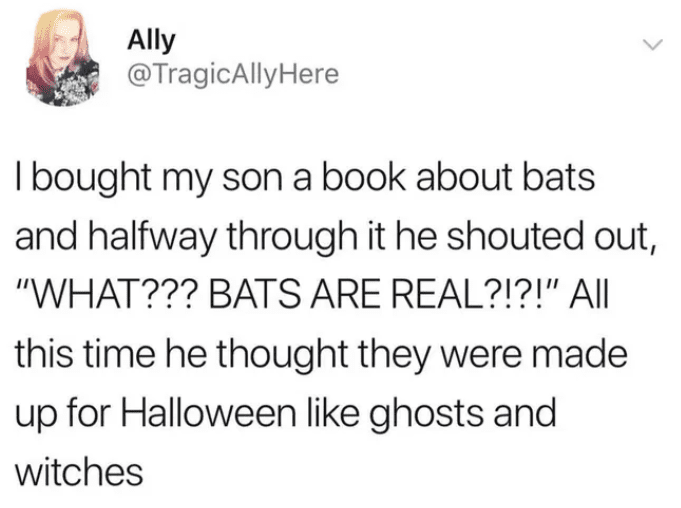
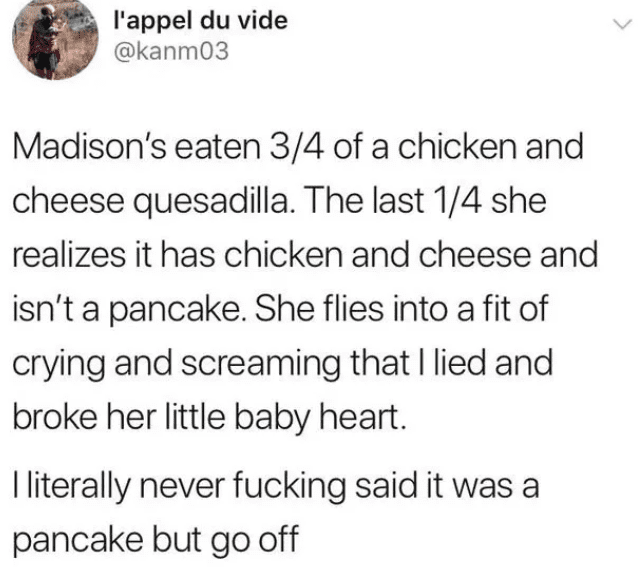
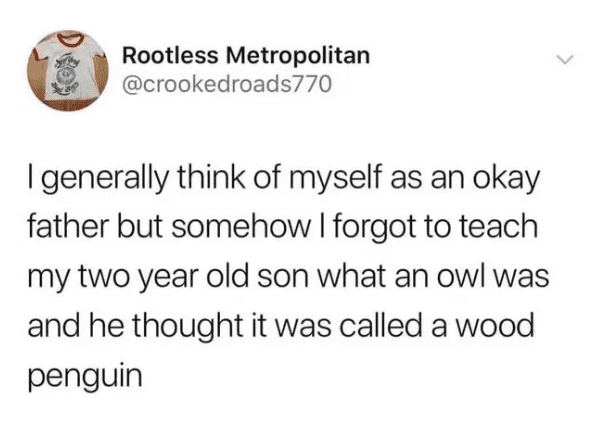
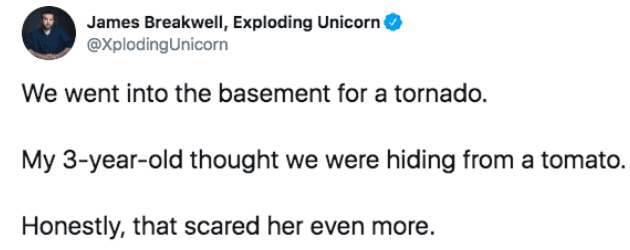
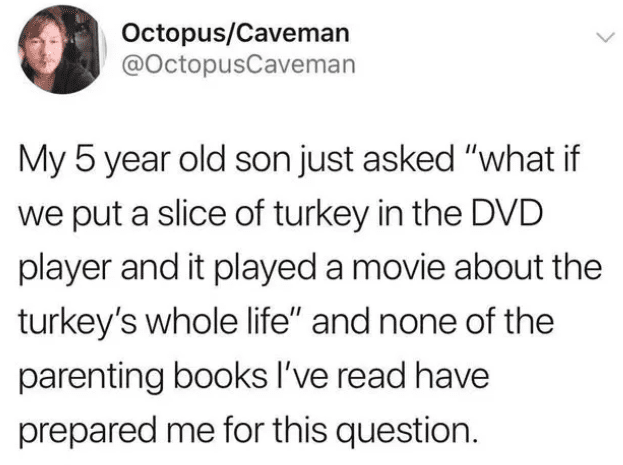
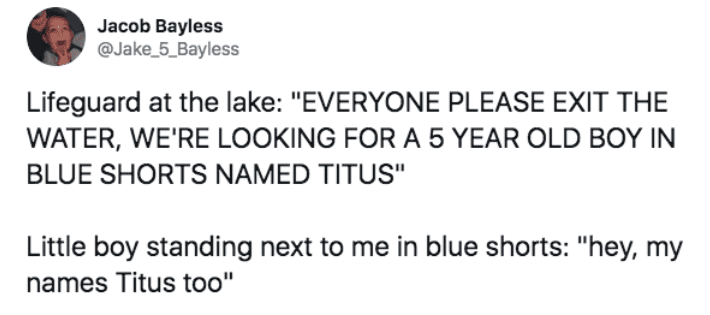


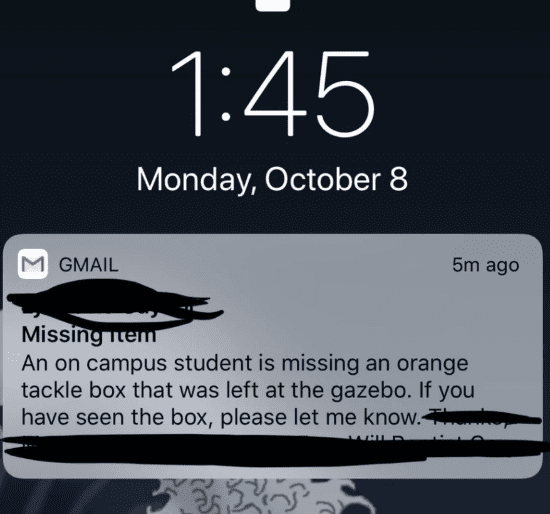
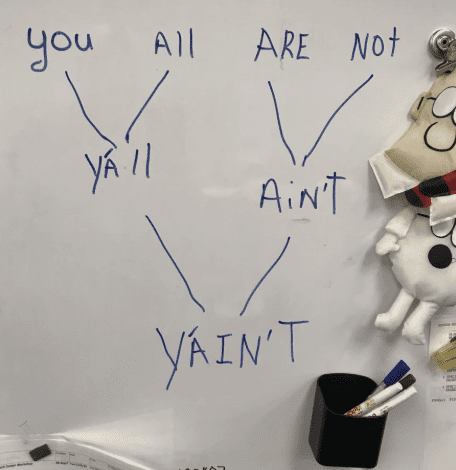
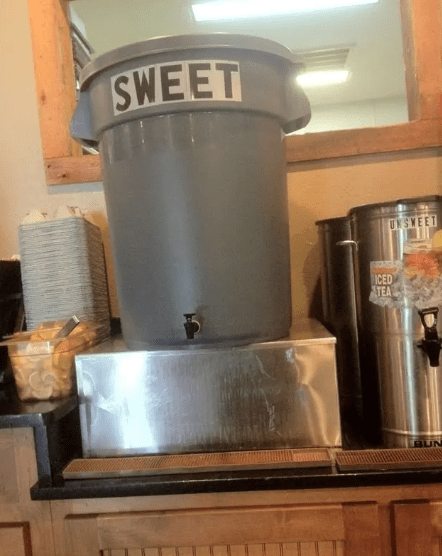
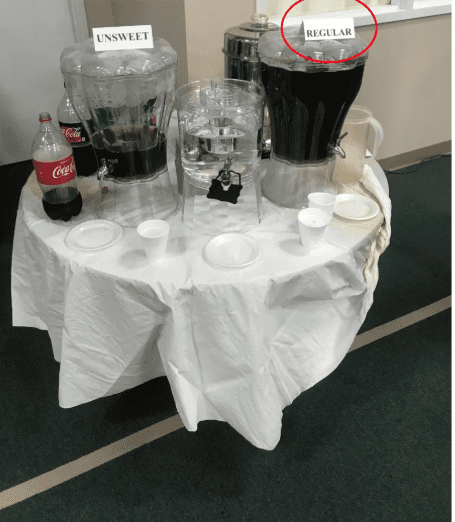

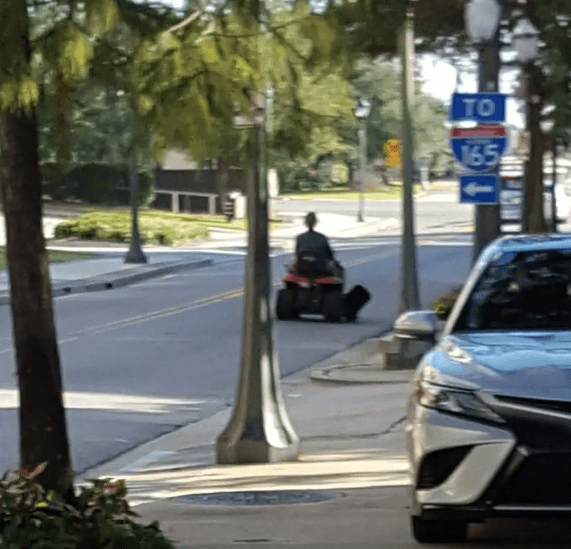
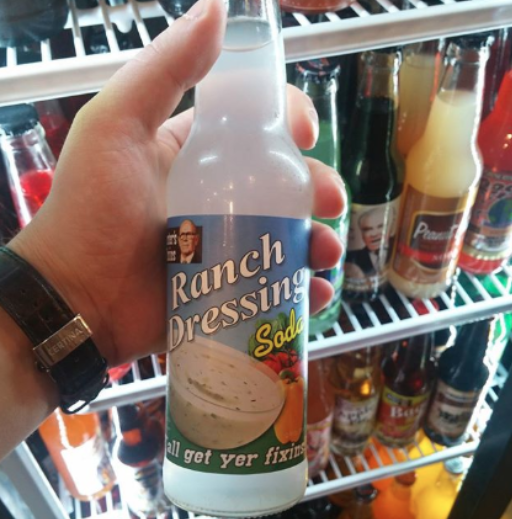
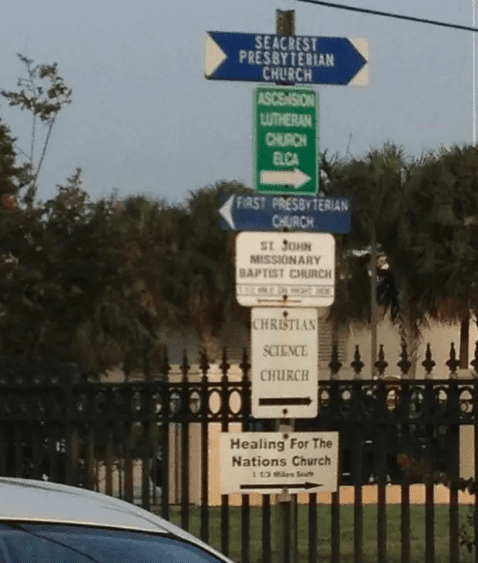



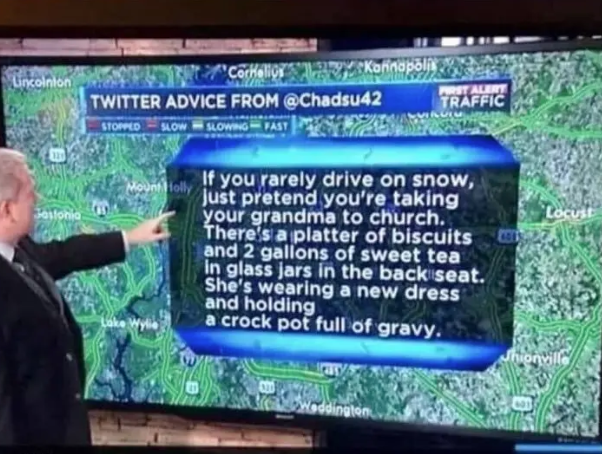
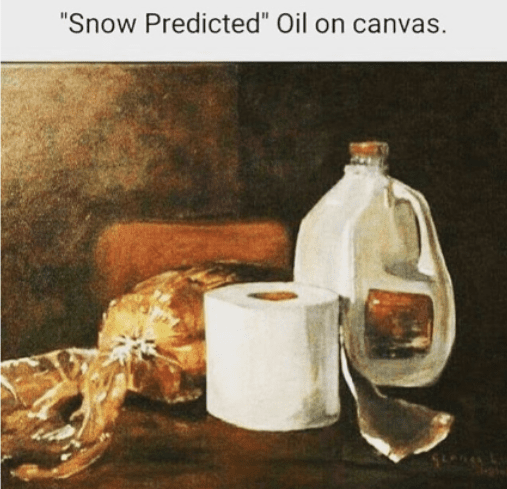



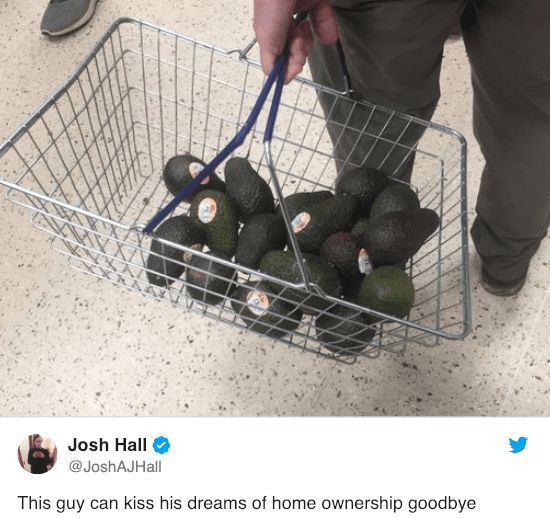
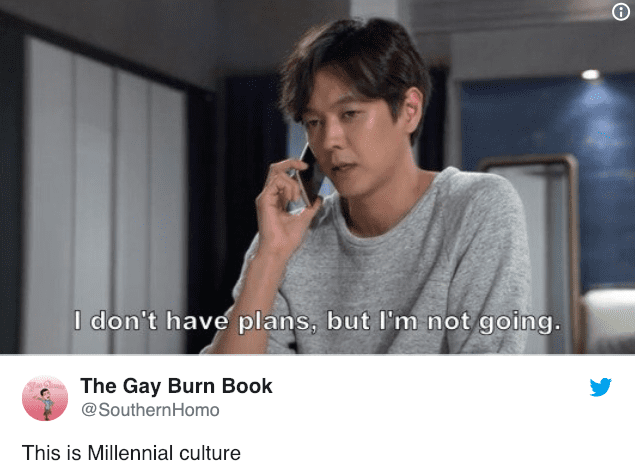



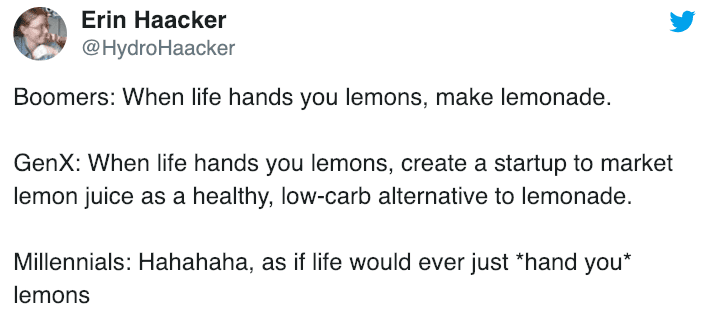


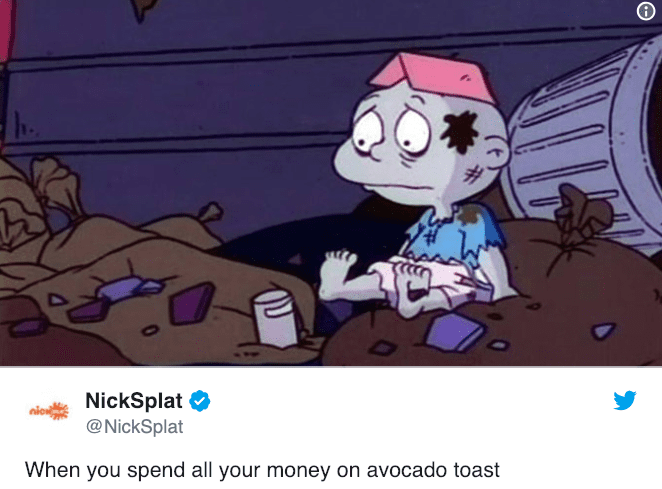
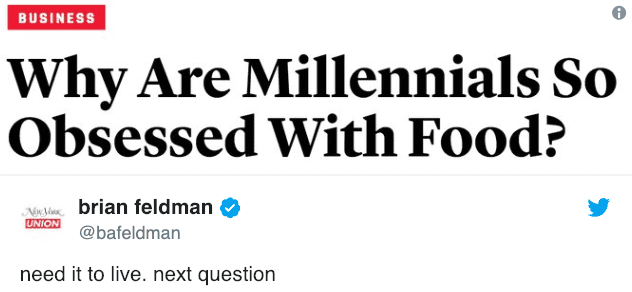
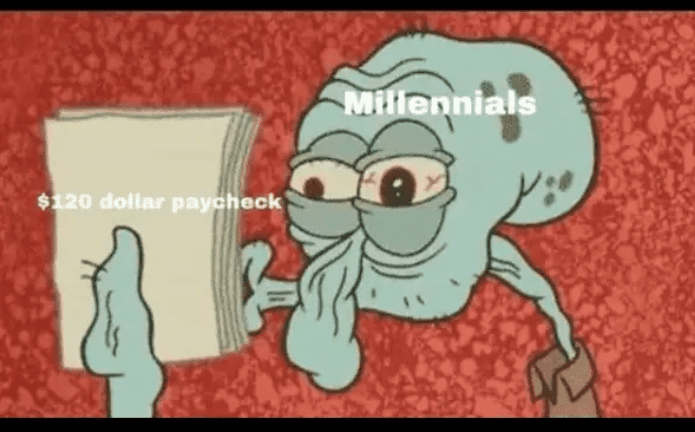


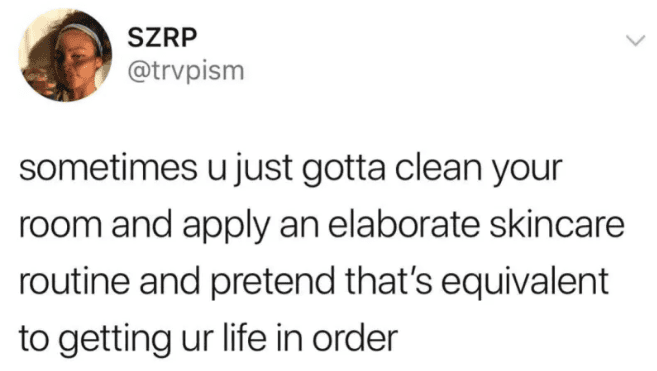
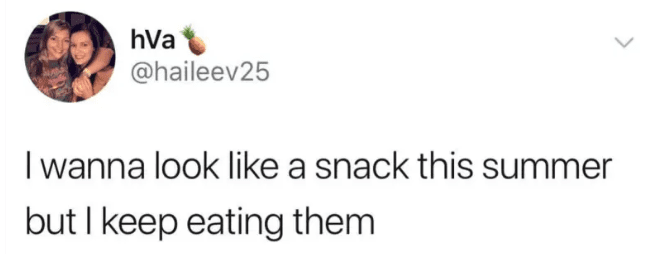
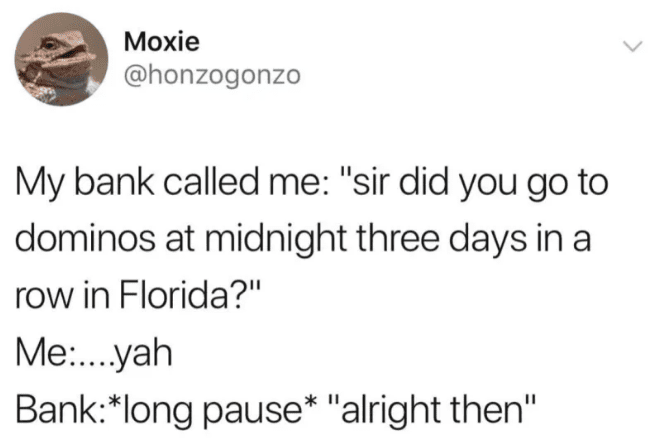
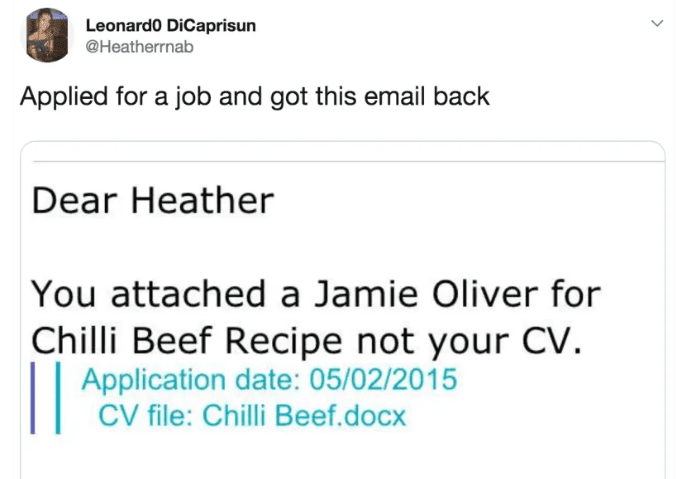
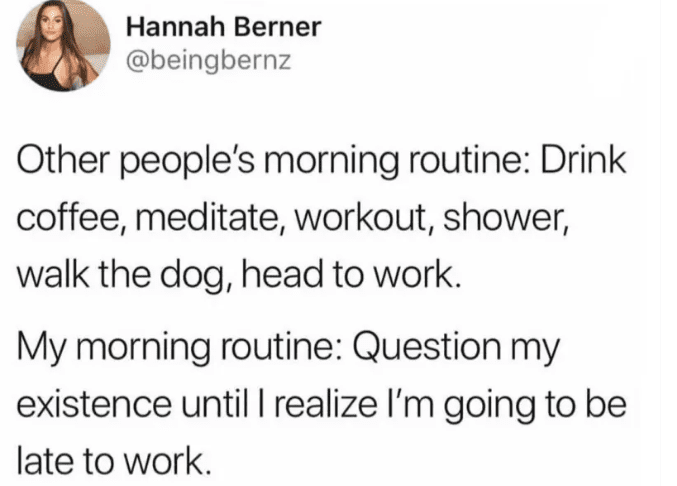


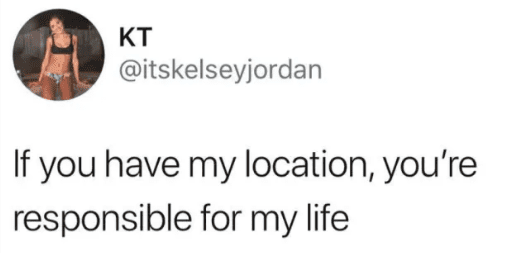

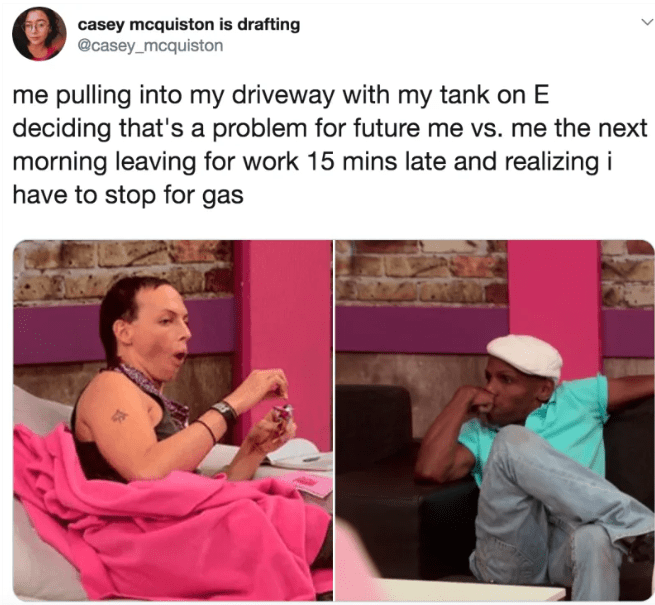

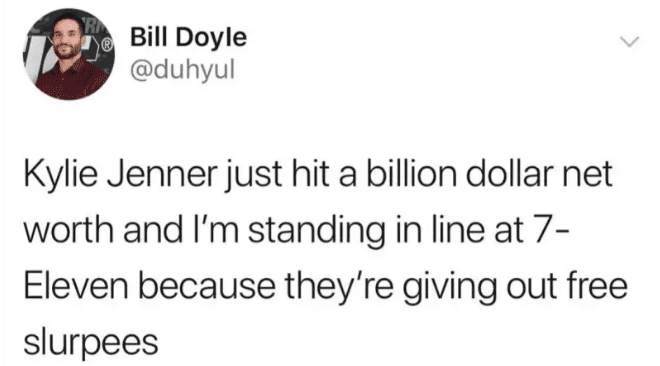
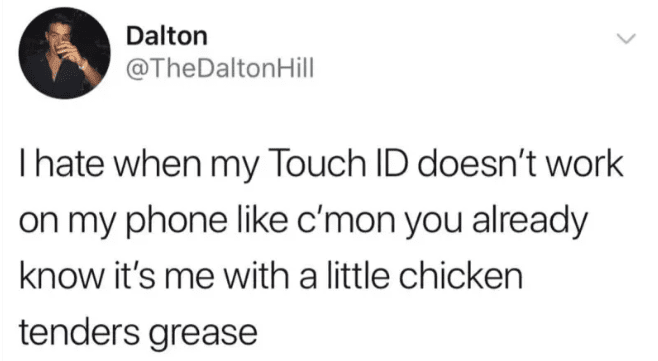
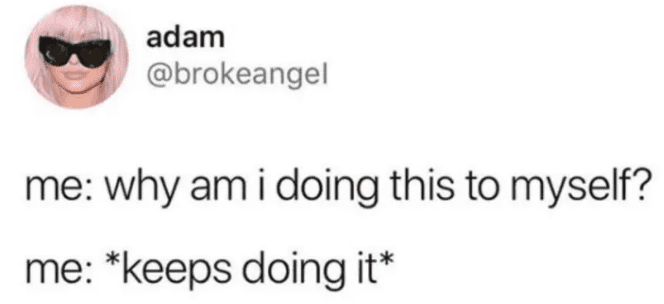
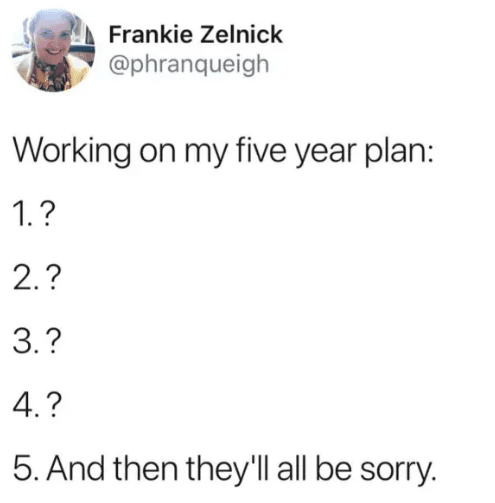
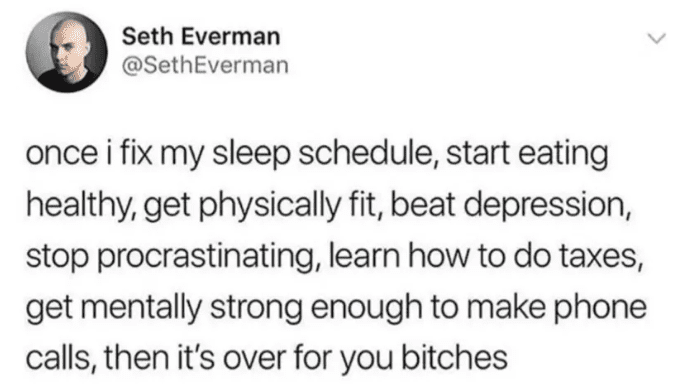
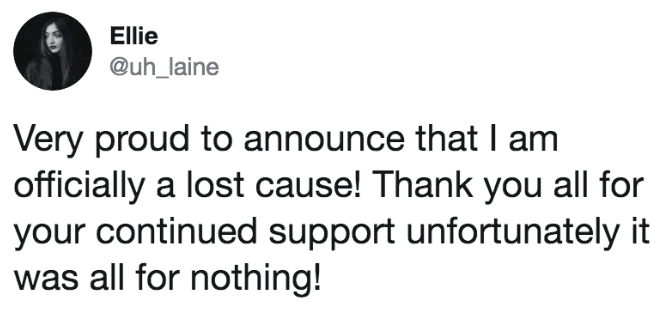
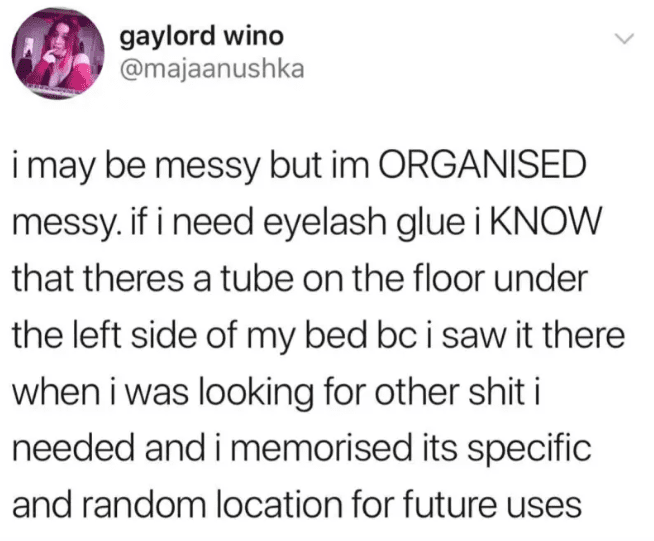
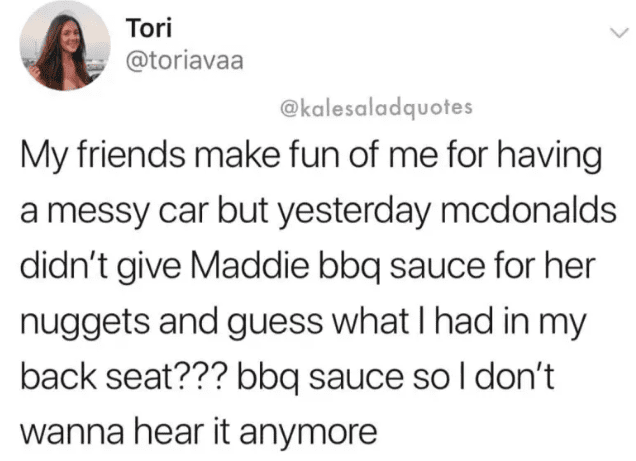


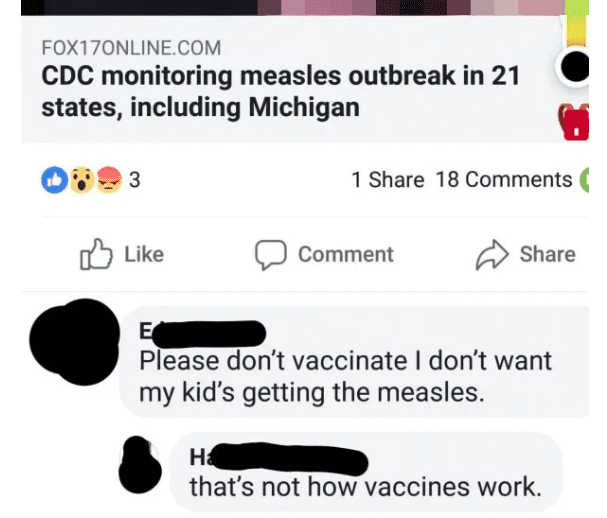
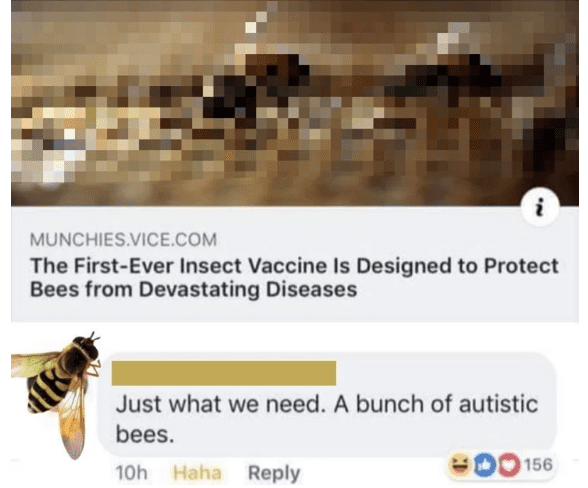
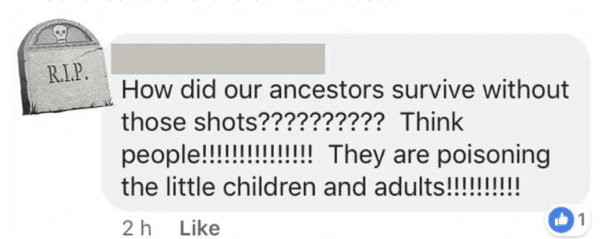
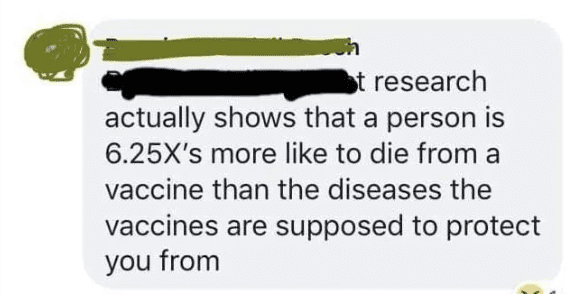
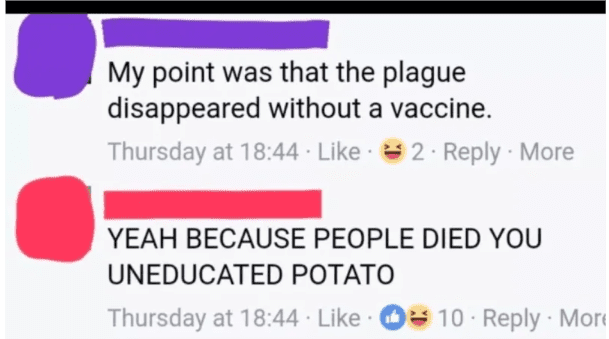
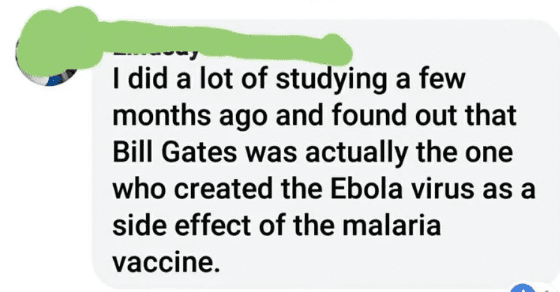
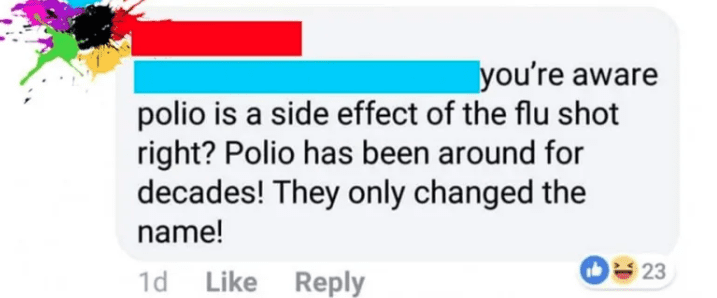
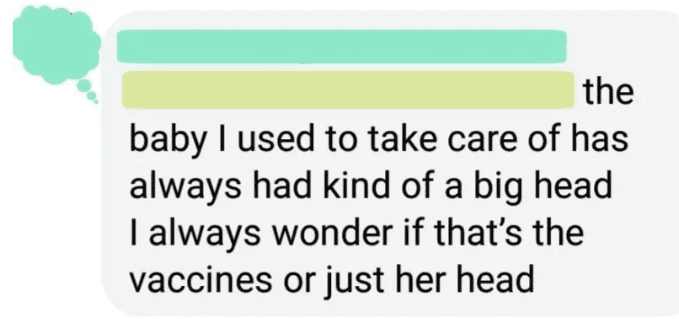
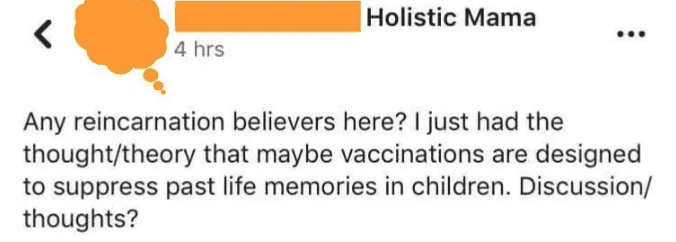
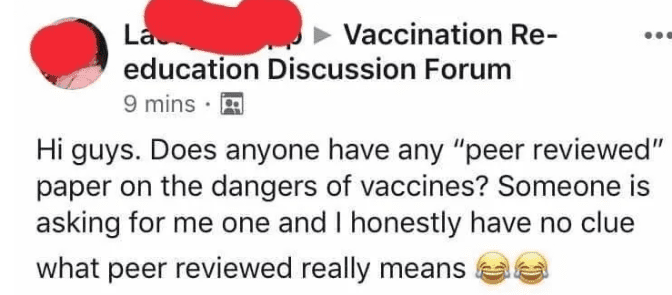


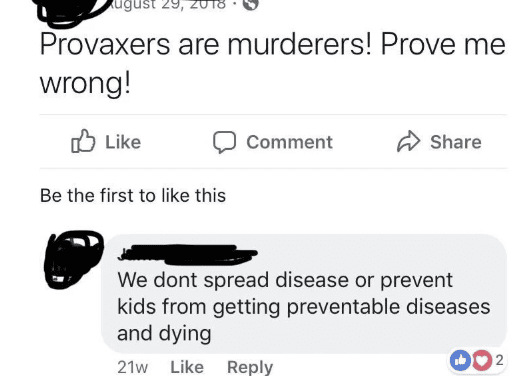
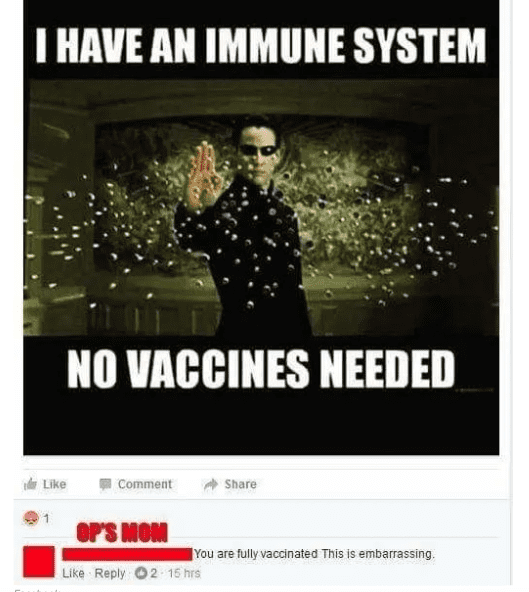
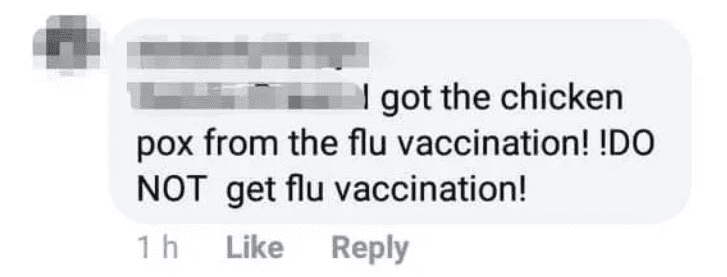


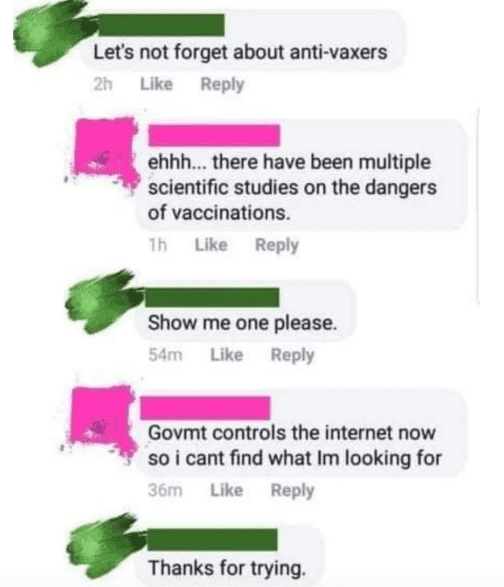

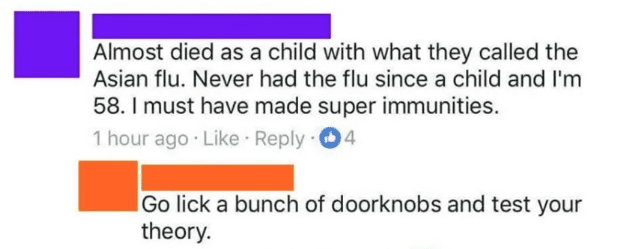


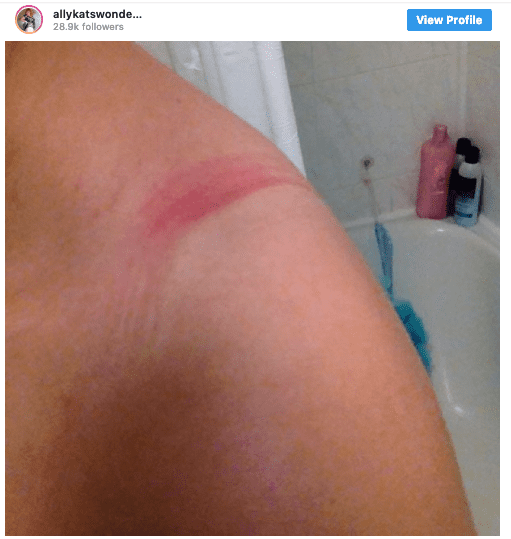
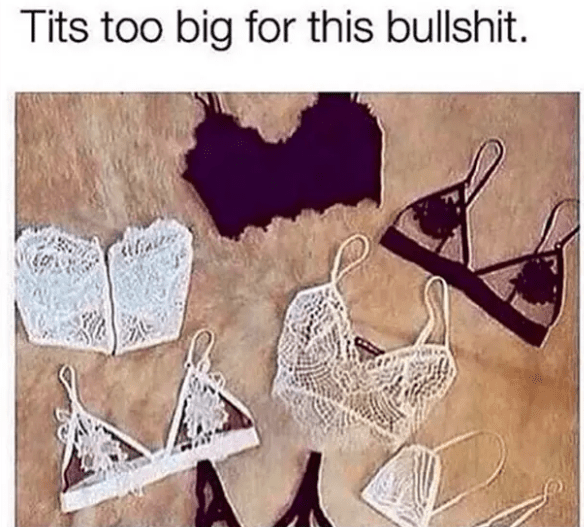
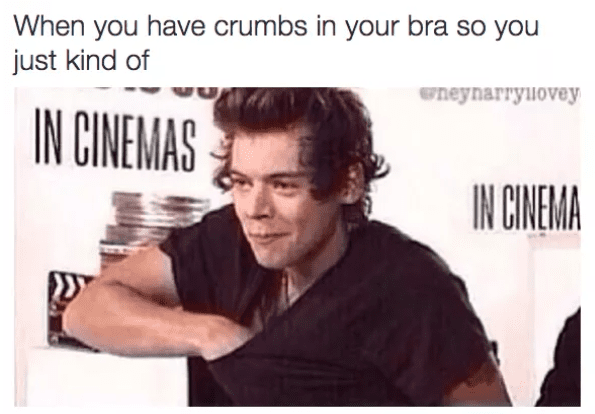
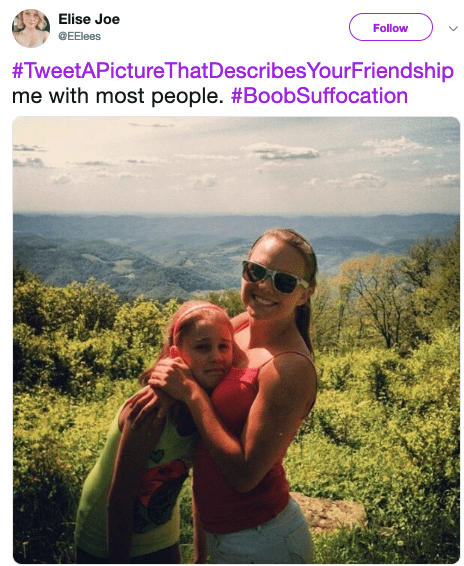
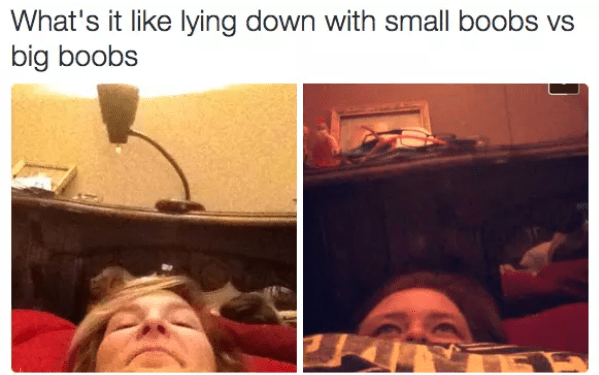
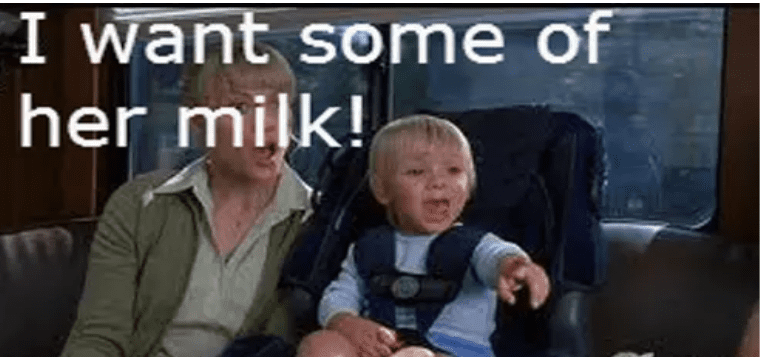
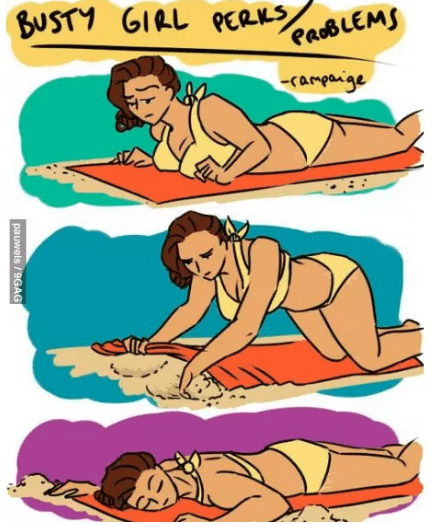
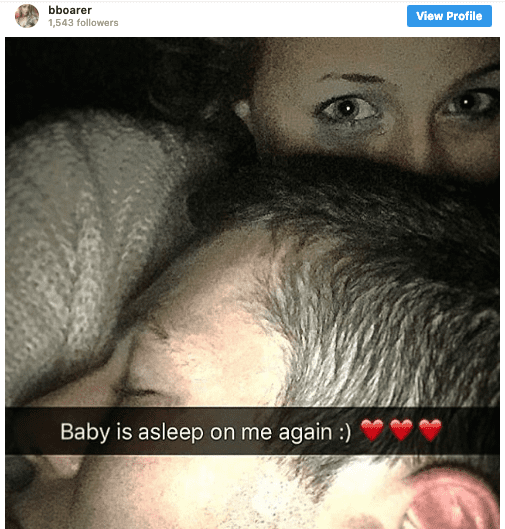
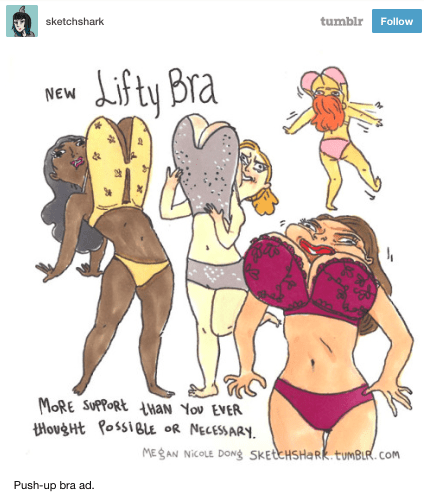
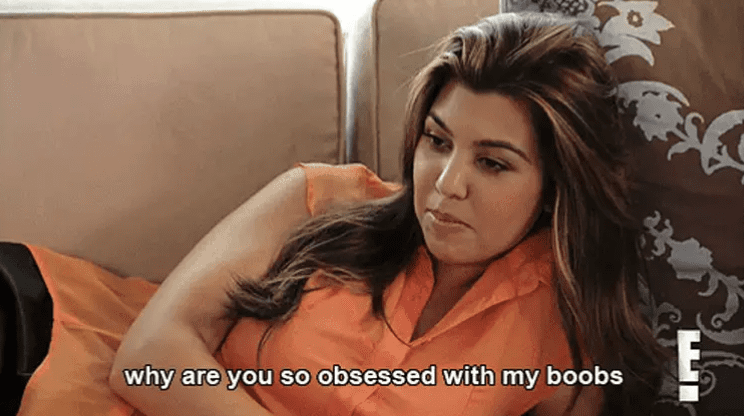

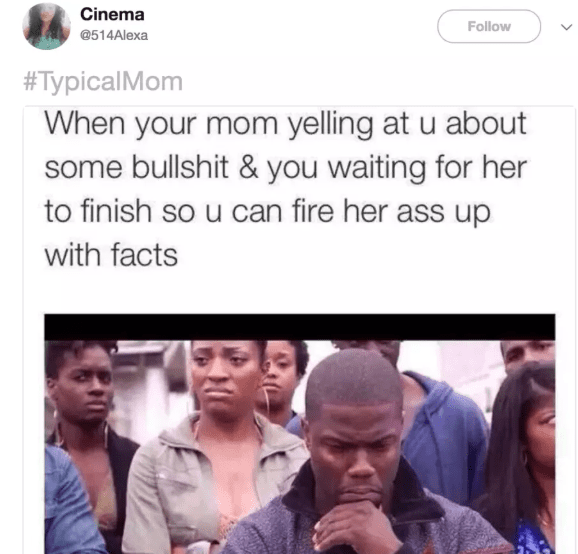
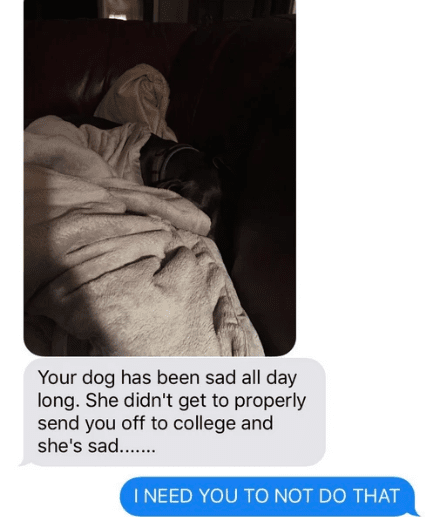
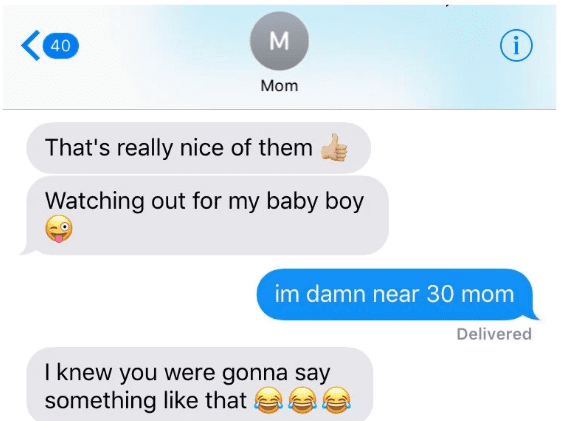
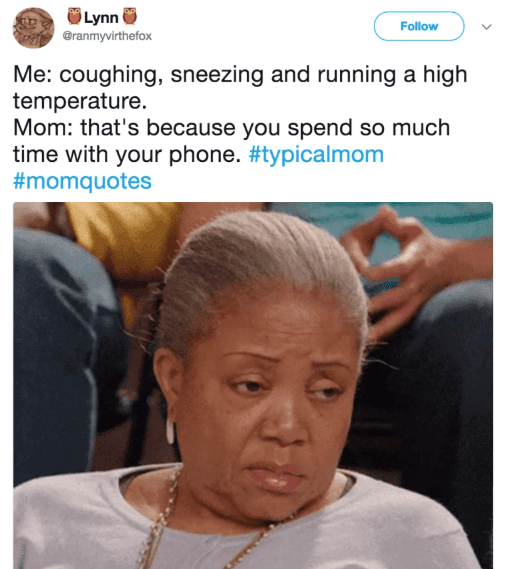


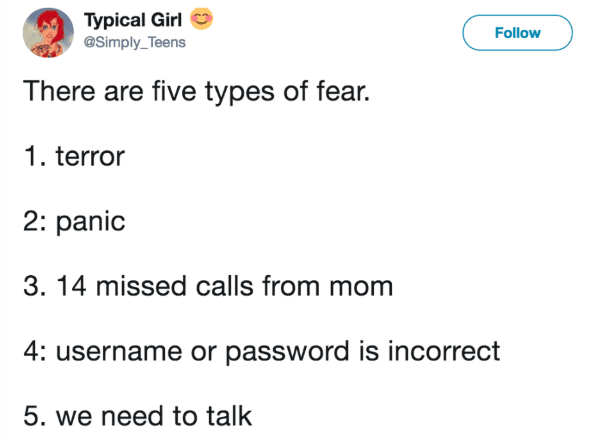
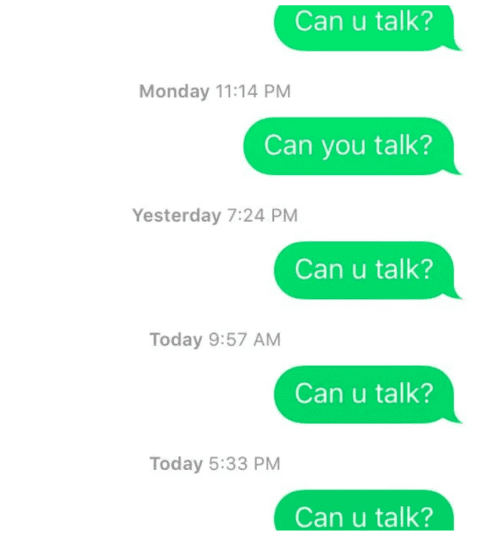


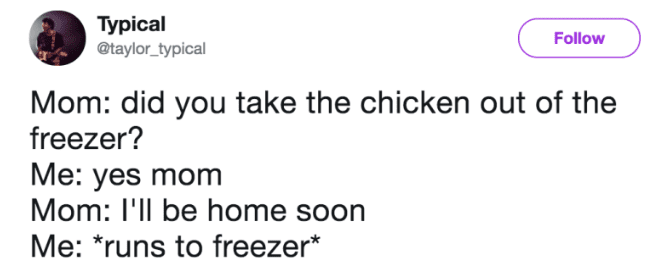
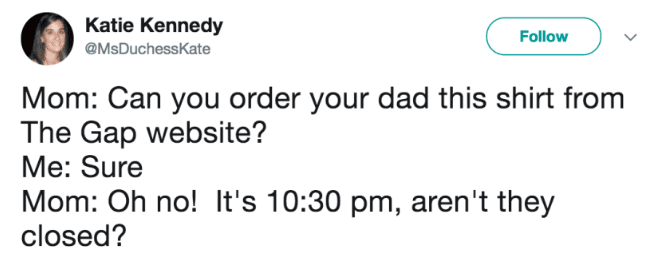
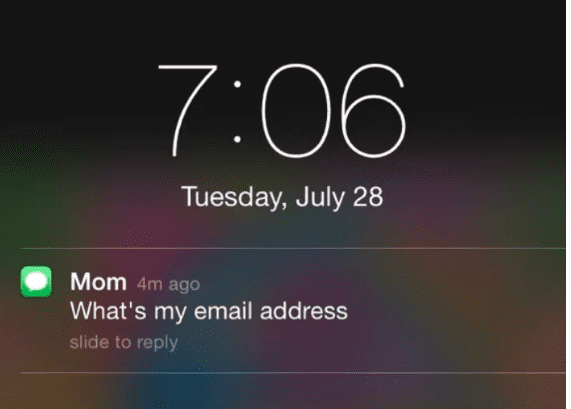

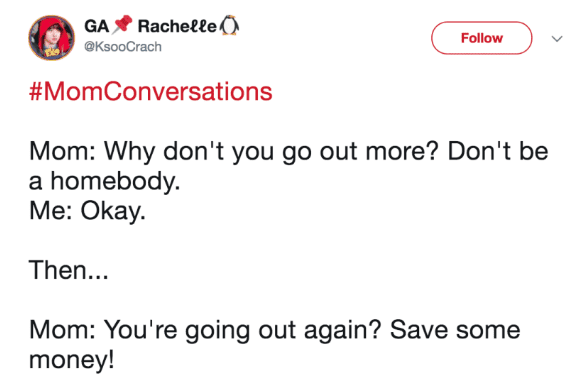

 Never gave him a chance to pull me over in a car in that town.”
Never gave him a chance to pull me over in a car in that town.”